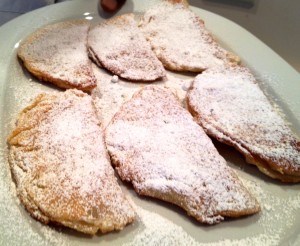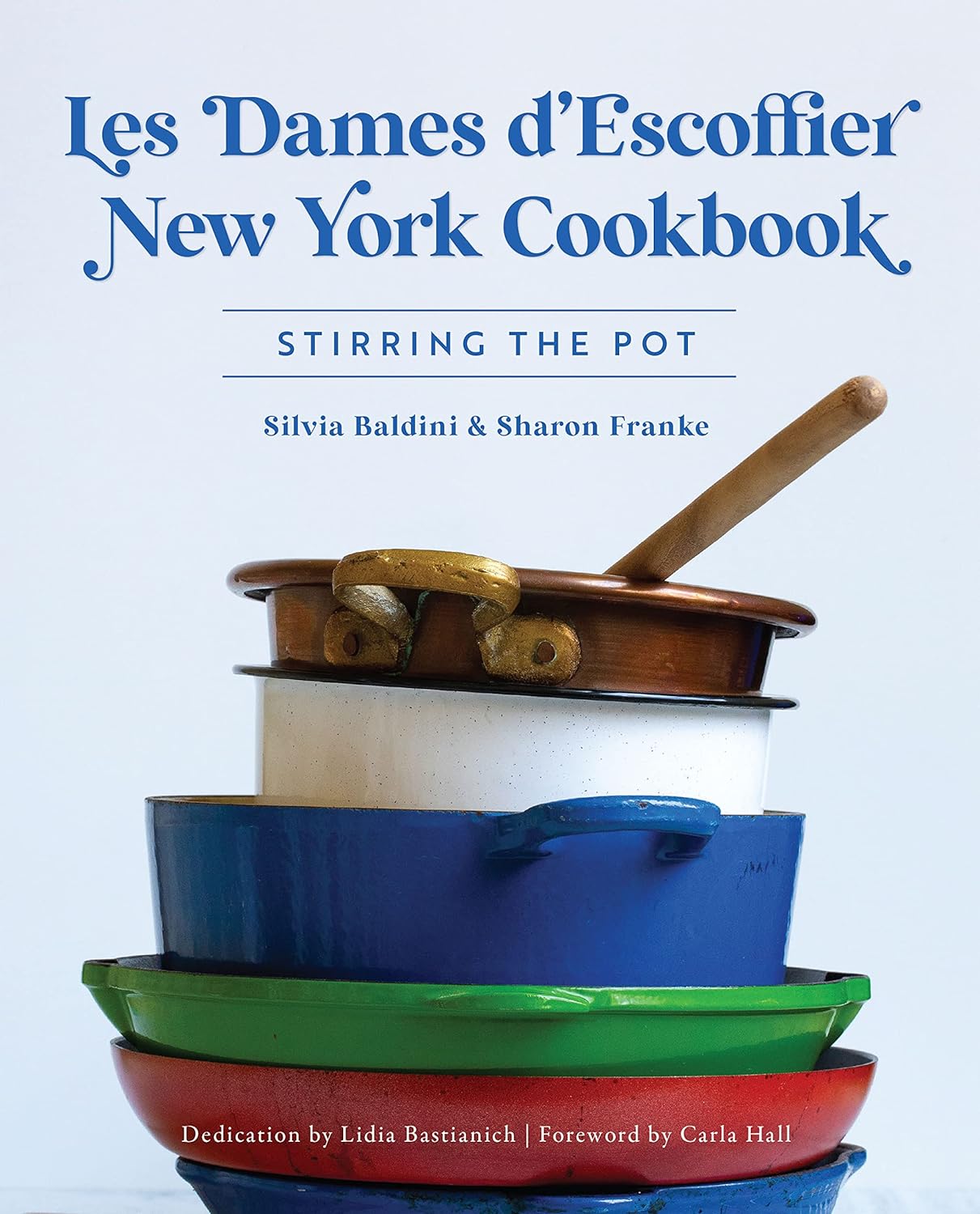AVERY ISLAND, La. — Stanley Dry doesn’t remember the kind of fried pies his great-aunt Sallie Warnock — or Miss Sallie, as she was known — made him decades ago when he was growing up on  Warnock Ranch between Coleman and Valera, near Abilene.
Warnock Ranch between Coleman and Valera, near Abilene.
But he recalls that they were plump with fruit, flaky and delicious — and something he wanted to make himself in the future.
These days, Dry is filling his fried pies with a purée of persimmons, figs, apricots, peaches, apples and any other fruit of his liking. They’re so popular that when he’s catering certain events at Marsh House here, he can’t leave them off his breakfast menu.
Dry arrived early at the Marsh House — a private home owned by the McIlhenny and Avery families of Tabasco sauce fame — to begin making the dough and filling the pies. By the time Marsh House guests wound their way downstairs for breakfast, he was taking the last of the golden-brown pies from a skillet, arranging them on a doily-topped platter and sprinkling them with copious amounts of powdered sugar.
There are two kinds of dough for fried pies, Dry said — biscuit dough, which he prefers, and pie dough. There are other differences as well. Some are deep-fried in oil; others are sautéed. Dry comes down firmly on the sautéed side, using clarified butter to add flavor and crunch to the delicate fruit-stuffed dough.
The pies can even be baked rather than fried, though Day said the pies are more like an empanada when they’re prepared that way. When I tested his recipe, I fried some and baked some, brushing the baked ones with melted butter to give them a buttery flavor but fewer calories.
Dry’s pie dough is simply a variation of the recipe he uses for his biscuits. He likes a self-rising soft wheat flour, specifically White Lily — “Regular flour doesn’t compare to it, ” he says — and sweetens the dough lightly, adding 1 tablespoon sugar to 2 cups flour. He rolls the dough in balls close to the size of a golf ball, then rolls them out with a thin pin, much as one rolls out a flour tortilla.
 “I make it a little stiffer than for biscuits so I can roll it out, ” he said.
“I make it a little stiffer than for biscuits so I can roll it out, ” he said.
After the dough is filled, Dry folds the round in half, then transfers it to a skillet with lightly sizzling butter. After the bottom of the pie turns golden and crisp, Dry turns them over for browning on the second side.
Dry loves experimenting with different flavored fillings, he often incorporating fruit he’s grown himself. The first day he made pies, he filled them with fresh persimmons from his trees, thickened with a bit of unflavored gelatin. That’s the only fruit that needs gelatin for thickening, he said.
When using dried apricots, Dry stews them until tender, then purées them with no added sugar, preferring the slight tang the unsweetened apricots provide.
“You can use any fruit or jam, ” he said. “Some may be better than others but I’ve never tasted a bad fried pie.”
FRIED PIES
2 cups White Lily self-rising flour
1 tablespoon sugar
1/4 cup cold butter
About 2/3 cup whole milk
All-purpose flour, for rolling
Apricot jam (see Note)
Clarified butter, for frying
Powdered sugar, for sprinkling
Put flour in bowl. Add sugar and mix. Cut in butter until mixture resembles coarse crumbs. Blend in just enough milk (may not take whole amount) so that dough leaves the sides of the bowl. (Dough should be a little stiffer than for regular biscuits.)
Knead mixture gently 2-3 times on surface lightly floured with all-purpose flour. Divide dough into 12-14 balls, which should be a little smaller than golf-ball size. Using a thin rolling pin on a lightly floured surface, roll out each ball into a round until about 1/4-inch thick.
Spread about 1 tablespoon jam on half of circle, leaving a 1/2-inch outer border with no jam. Brush water on border, then fold over top half of pie. Seal by crimping pie with fork or fingers.
In large flat skillet, heat butter until melted and hot (starting with 1/4 cup and adding more as needed). Place 2 to 3 pies in skillet, making sure there is room to turn them. Fry until golden and crisp, then turn and fry other side until golden. Remove to paper towels to drain. Repeat until all pies are fried. Sprinkle with powdered sugar before serving. Pies are best eaten hot, but also are good at room temperature.
Note: In addition to jam, you can use cooked, mashed fruit of your choice. Dry often cooks dried apricots with water until tender, then purées them to jam thickness. When using persimmons, Dry dissolves unflavored gelatin in a small amount of water and adds it to the persimmon pulp. The persimmons usually don’t need added sugar. Pies also can have a savory filling; if so, omit sugar from biscuit dough.
Makes 12-14 pies.
– Adapted from a story published by Karen Haram, food editor of the San Antonio Express News, click here for the original story
– Photos courtesy of Bonnie Tandy Leblang






Leave A Comment